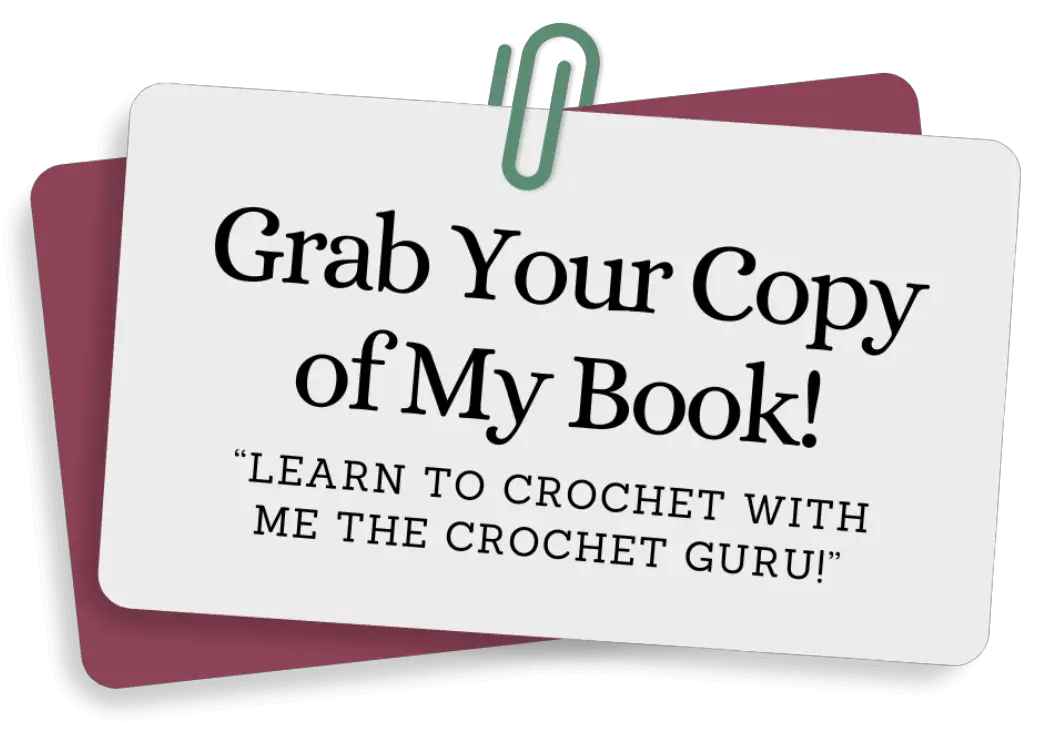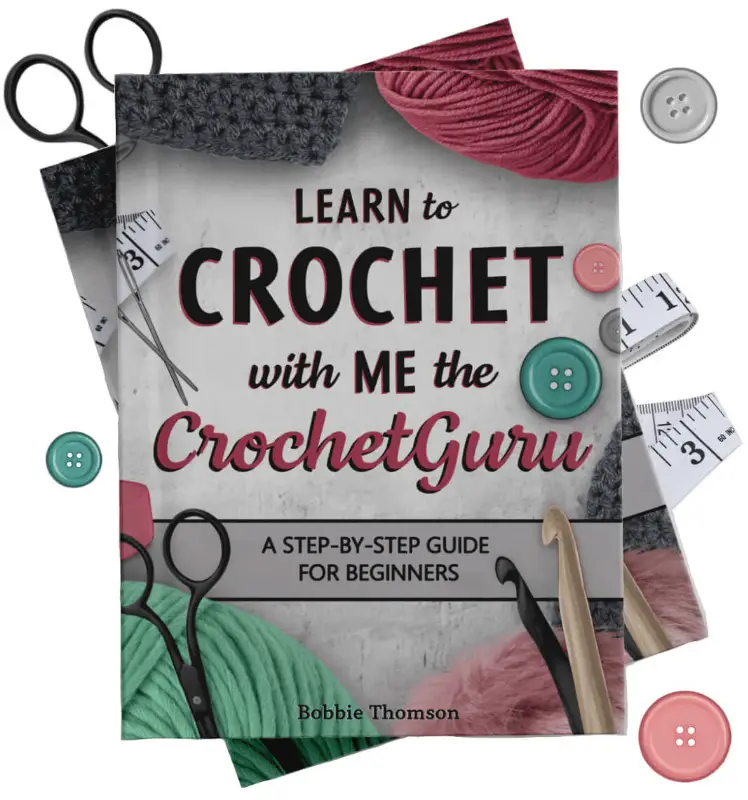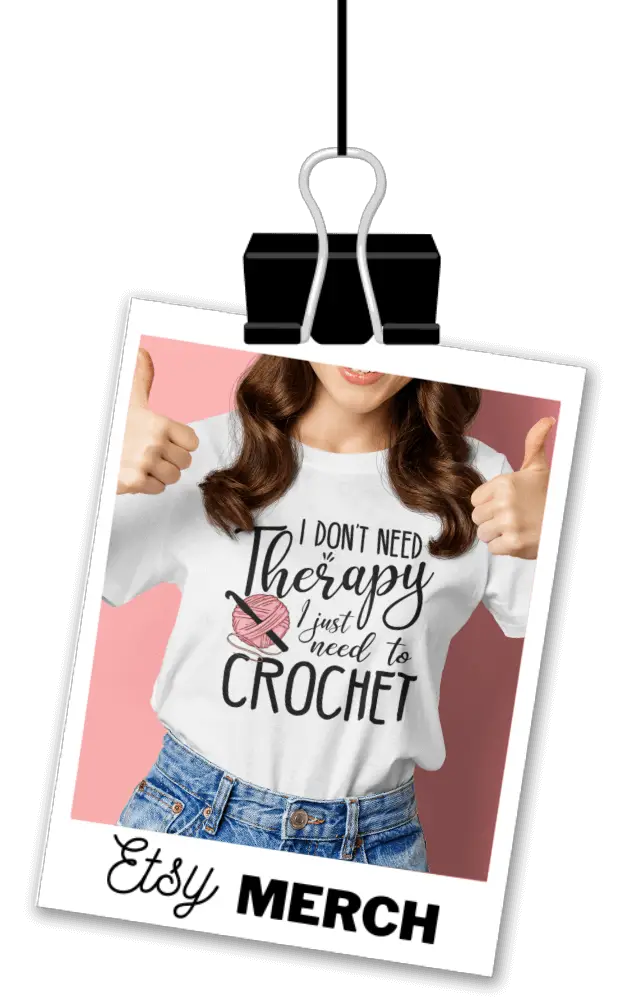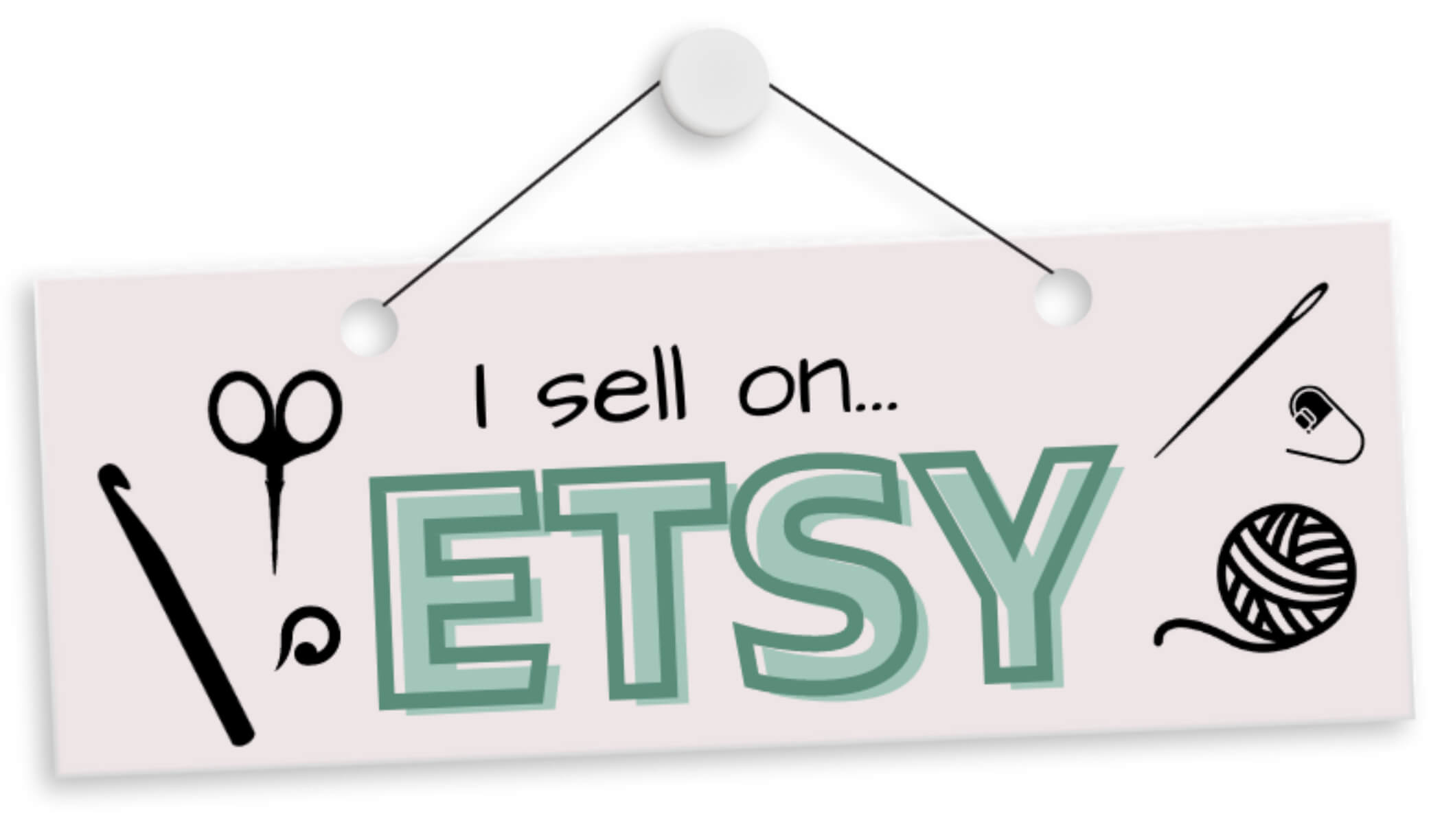Choose the Right Crochet
Hook For Your Project
Learn how to choose the right crochet hook for your project.
Crocheting can be an enjoyable and creative hobby, but it can also be intimidating for a beginner. With so many hooks and materials to choose from, it can take time to know where to start. The great news is that you don’t need to be a professional to find the perfect hook for your project.
In this post, I will cover the basics of crochet hooks, from types and materials to handles and hook sizes. By the end, you’ll have a better understanding of which hook is best for your project.
What Does Crochet Hook Size Mean?
When referring to crochet hook size, what you are actually referring to is the head and throat size of the hook, not the length. Most crochet hooks are manufactured at the same average length but come in various diameters.
Additionally, crochet hook size influences the size of each stitch you create. Typically, you should use a larger hook size for thicker yarn, while thinner yarns should be paired with a smaller hook size, the smallest of which is reserved exclusively for fine lace thread.
Why Is Crochet Hook Size Important?
The size of the crochet hook you use is essential for several reasons. The most important reason is that the size of the hook affects the size of the stitches. If you're working with thick yarn, you'll need a larger hook to accommodate the yarn. Conversely, working with a thin yarn requires a small hook.
In addition, the size of the hook also affects the tension of the stitches. Using a larger hook will make the stitches looser and more relaxed. Using a smaller hook will make the stitches tighter and more compact.
Types of Hooks
Crochet hooks come in a variety of shapes and sizes. Your choice will depend on the type of yarn and project you’re working with. The most common types of crochet hooks are:
- Steel Hooks: These hooks are typically used for fine threads, such as crochet thread or lace yarn.
- Aluminum Hooks: These are the most common hook size and are used for medium-weight yarns.
- Plastic Hooks: Plastic hooks are great for beginners and are used for lightweight yarns.
- Bamboo Hooks: Bamboo hooks are lightweight and great for working with cotton yarns.
Materials and Handles
Crochet hooks come in a variety of materials, including metal, plastic, and wood. The material you choose will depend on the type of yarn you’re using and the project you’re working on. Some materials are easier to grip than others, so consider the comfort of the handle when selecting a hook.
Crochet hooks also come in different handle styles. Some are ergonomically designed for comfort, while others are straight and more traditional. If you’re a beginner, it’s best to start with a hook that has an ergonomic handle for added comfort and ease of use.
Hook Sizes
Crochet hooks come in a variety of sizes, from tiny steel hooks for thread to jumbo hooks for bulky yarn. Hook sizes are indicated by a number or letter on the hook, and the size of the hook will determine the size of your stitches. As a general rule, the larger the hook size, the larger the stitches. Click here to find a crochet hook size chart.
Check the Yarn Label
The easiest way to determine the correct hook size for your project is to check the label on the yarn. Most yarn labels provide recommendations for hook sizes, as well as other necessary supplies for the project. This ensures that you get the best results for your project. Click here to find a standard yarn weight chart.
If you’re using a yarn that doesn’t have a label, you can also consult a hook size chart. These charts provide an estimate of the hook size that is best suited for a given yarn weight. It’s important to remember that these are just estimates, and you may need to adjust the hook size depending on your project.
Check the Pattern
The pattern you are using will also indicate what size hook to use. Most patterns will specify the hook size, gauge, and yarn weight. If the pattern does not select the hook size, you can use the gauge and yarn weight to determine the size. Again, a yarn weight chart can be a helpful tool for finding the right hook size for the yarn weight and gauge.
Make a Crochet Swatch to Test Your Gauge
The crochet pattern may also include a gauge swatch. A gauge swatch is a small piece of fabric made with the yarn and hook size specified in the pattern. You can use the gauge swatch to determine if the hook size suits the pattern. You may need to adjust the hook size if the gauge swatch is too small or too large.
Conclusion - Choose the Right Crochet Hook for Your Project
Choosing the right crochet hook for your project doesn’t have to be intimidating. With the correct information, you can easily find the perfect hook for your project. Consider the type of yarn, handle style, and hook size to ensure you’re using the best hook for the job.
Now that you know the basics of crochet hooks, you can get started on your next project. Don’t be afraid to experiment with different sizes and materials to find the hook that’s perfect for your project.
Have Questions? Join My Crochet Guru Facebook Group!
I hope this article was helpful! If you have any additional questions, feel free to join my Crochet Guru Facebook Group. This group is for you to share pictures, ask questions, and help each other out!






